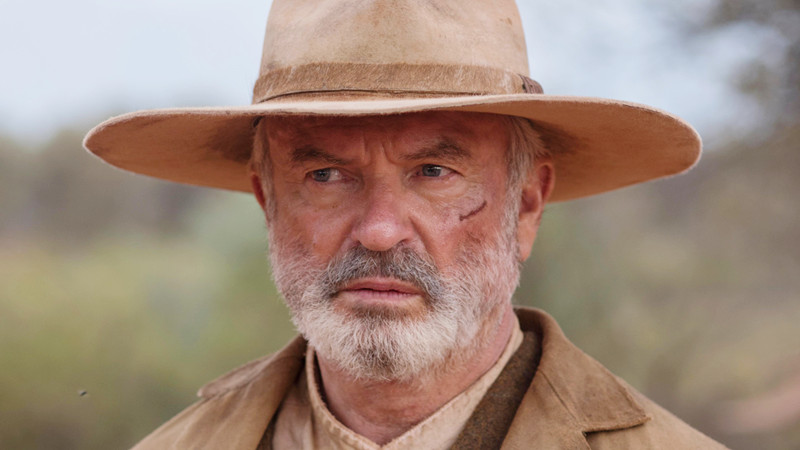
When the general public talk about the Western genre in the 2010s, they tend to focus on the obvious titles as you’d expect: The Hateful Eight (2015), True Grit (2010), Django Unchained (2012). Big names, big budgets, big violence. But beneath that glossy surface was a quieter current of Westerns that didn’t play to packed theatres or spark heated Oscars talk, films that had just as much to say, and often said it with more nuance or style.
These are the outliers, the genre-benders, the rough-edged passion projects. Here are 10 underrated Westerns from the 2010s that deserve another look.
1. Red Hill (2010)
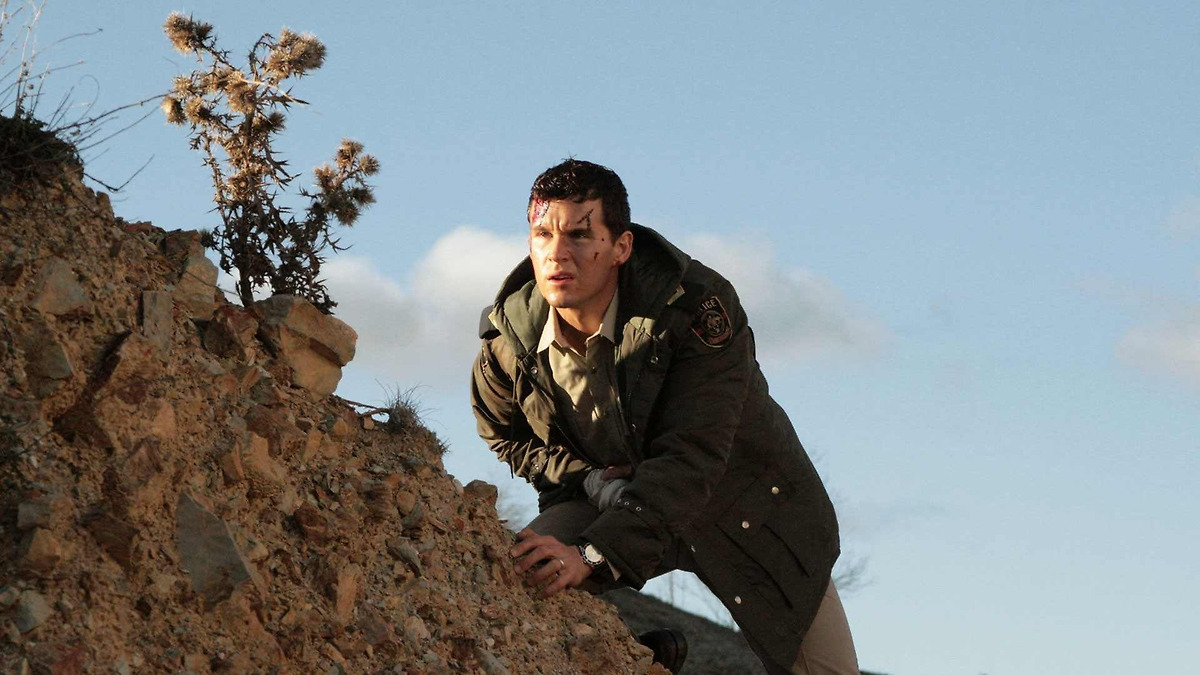
Patrick Hughes-who’d admittedly later go on to make The Expendables 3 (2014)-began with something far leaner and sharper in Red Hill, a modern-day Australian Western with a pulpy, retro edge. A young city cop (Ryan Kwanten) moves to a remote rural town expecting a quieter life, only to find himself in the middle of a long-buried feud when a convict escapes and heads back to town for revenge.
Sure, it sounds like the set-up we’ve seen time and again. The beauty of Red Hill however, is in its exemplary pacing and tone: it plays like a ‘70s revenge thriller crossed with a gothic fable, the kind of movie that feels like it should be pulpy nonsense but ends up unsettling and oddly poetic.
Shot against harsh landscapes and dripping with tension, it’s a story of justice warped into something monstrous. It might sound like a poor man’s Bone Tomahawk (2015) from that description- and no, it’s not in the same league, but this not quite revisionist, not quite neo-Western, is as just cold-blooded and cool.
2. Let the Bullets Fly (2010)
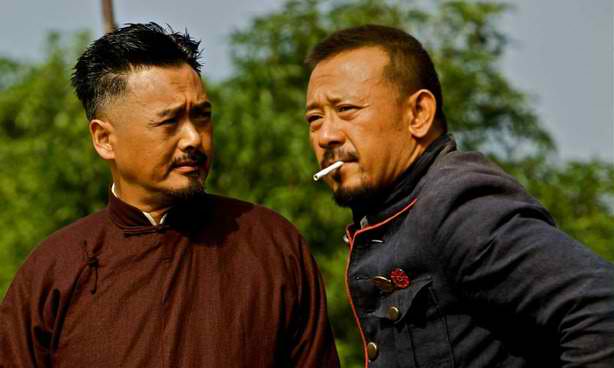
Is it a Western? Is it a satire? Is it an operatic Chinese gangster movie in a cowboy hat? Yes, all of it. Let the Bullets Fly is a deliriously sharp, subversive Chinese Western from director-actor Jiang Wen that frequently feels like Sergio Leone by way of the Coen Brothers.
Set in 1920s China, it follows a bandit posing as a governor, a corrupt local tyrant (played with glee by Chow Yun-fat), and a town caught in the middle of their escalating war of words and bullets. But it’s not just shootouts, it’s also class commentary delivered at a hundred miles an hour.
The Western elements are largely aesthetic, dusty towns, corrupt officials, lawless land, but they fuse superbly with the more theatrical Chinese stylings to quite thrilling effect.
It’s smart, stylish, and often hilarious, and while it was a huge hit in China, it remains hugely underseen in the West. An absolute gem for anyone who enjoys their Westerns with verbal duels as thrilling as the gunfights and has seen Tarantino’s filmography several times over.
3. Dead Man’s Burden (2012)
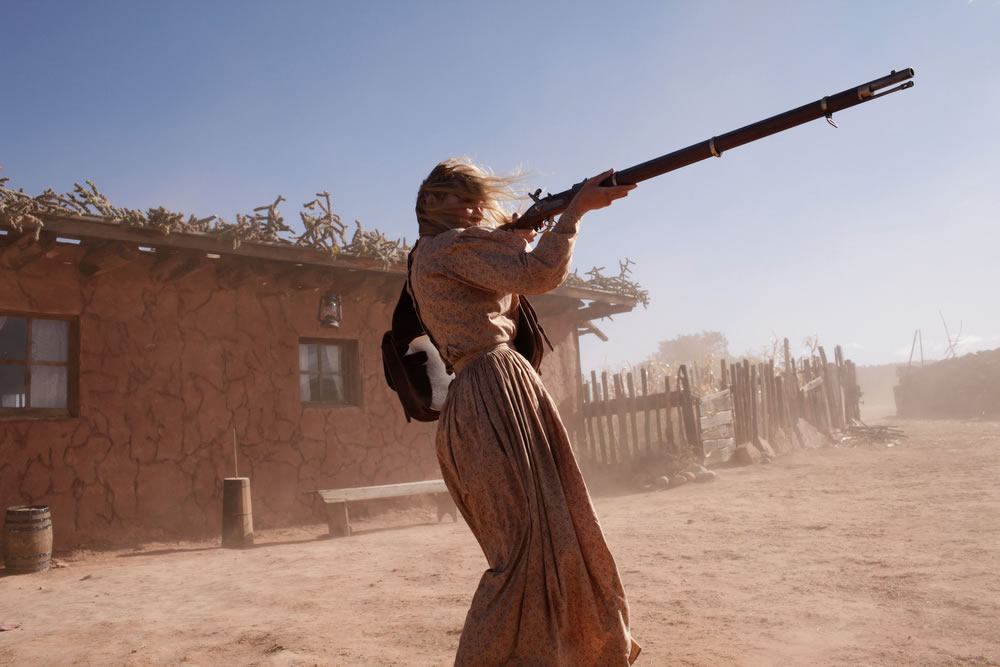
Jared Moshe’s Dead Man’s Burden is a taut, melancholy Western set in post-Civil War New Mexico, where a brother and sister are reunited under fraught and delicate circumstances. The film is spare and modest, limited locations, small cast, but it leans into those limits with great effect, unfolding like a chamber piece about loyalty, betrayal, and the ghosts of American history. You’re somehow reminded of Kelly Reichhardt’s Meek’s Cutoff (2010) with the minimalist nature of Moshe’s output.
The performances, especially Clare Bowen as Martha, are textured and fragile, and the cinematography captures the land as a harsh, dwindling inheritance. This is slow-burn territory, but if you’re willing to sit with it, the emotional payoff is sharp and remains a film that deserved a much wider audience.
4. Gold (2013)
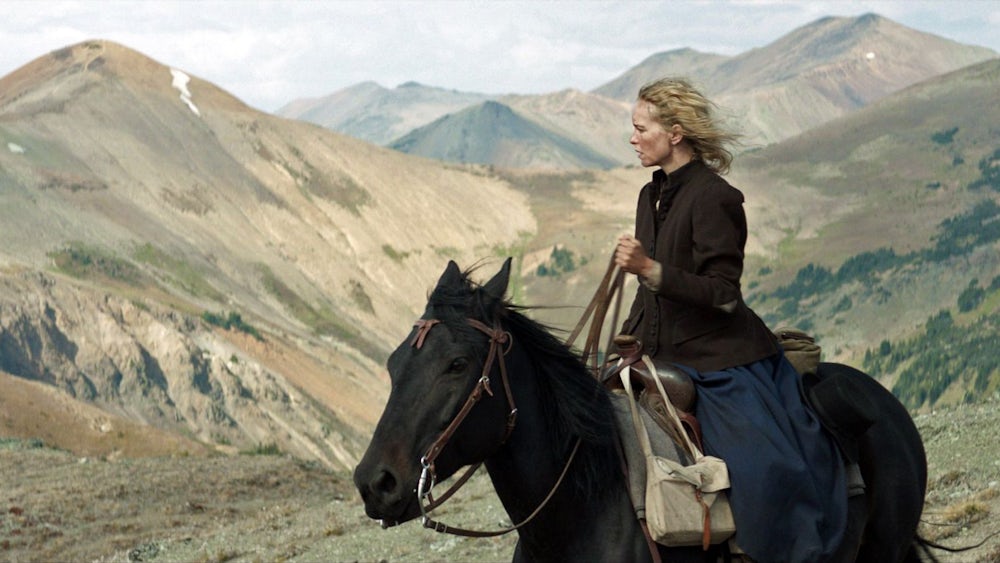
Possibly the strangest Western on this list, Gold is a German production that drags its characters, and viewers, through the unforgiving landscapes of British Columbia in 1898.
A group of German immigrants chase gold rush dreams through unknown territory, and the film, directed by Thomas Arslan, is less interested in action than in endurance.
It’s as if Werner Herzog delivered Aguirre: The Wrath of God (1972), but with cowboys and packhorses. Nina Hoss leads the cast with stoic brilliance as a woman forced to reckon with the limits of truth, and the pacing is deliberately glacial- and that’s the point, the film is about isolation and disillusionment, pulling you into its world and making you feel its every struggle.
Gold may take its time but there’s a creeping sense of menace and futility that you can’t seem to shake. You might begin watching with thoughts of one thing, but Thomas Arslan’s film becomes an impressive endurance test, one that keeps you gripped for its haunting duration.
5. The Keeping Room (2014)
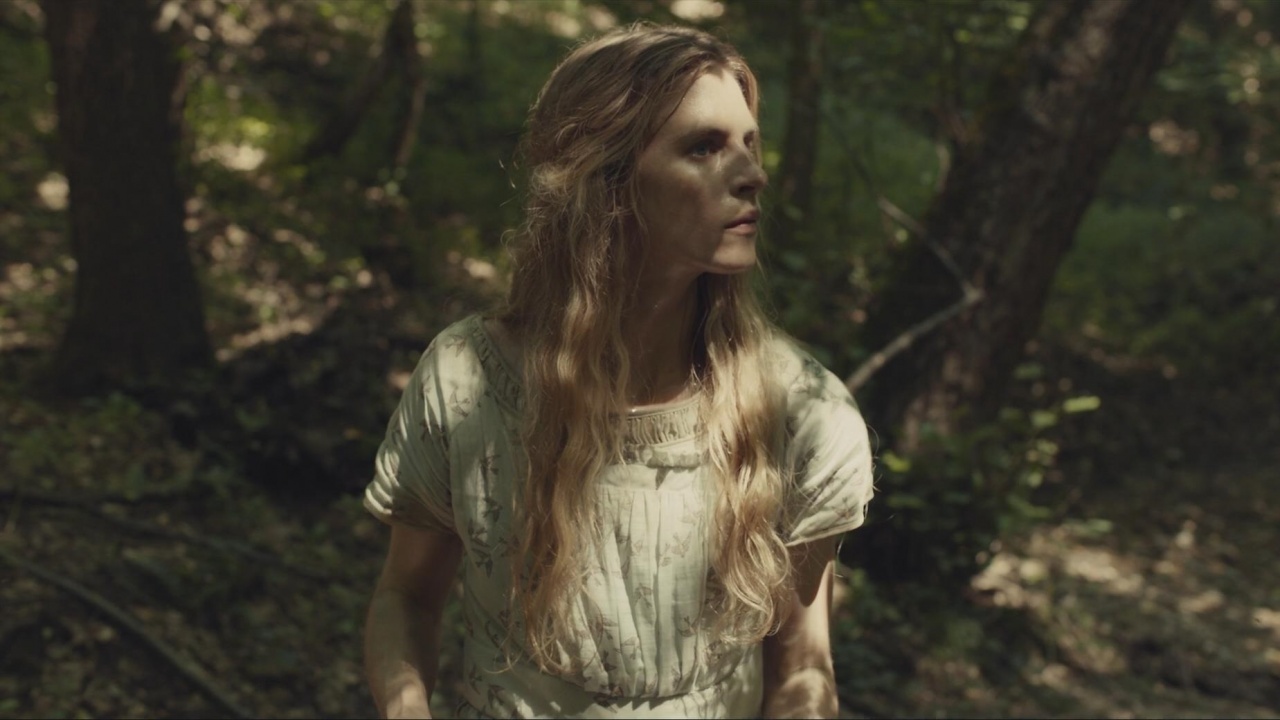
The Keeping Room is a Civil War-set chamber Western that strips back the genre’s masculine mythology and re-frames it through something quieter, angrier, and far more intimate.
Directed by Daniel Barber and written by Julia Hart, it follows three women, two sisters and a former slave, trying to survive after Union soldiers lay waste to the South. What starts as a war-survival drama morphs into something tenser, more psychological, and politically potent.
Brit Marling, Hailee Steinfeld (previously best known for her performance in another western; 2010’s True Grit), and Muna Otaru form an effective and uneasy triangle of agency, rage, and trauma. The violence, when it comes, is brutal, not stylised, but sickening, and the film’s tension builds not just from external threat, but internal turmoil. It’s a Western that’s stripped down to its bones and is all the more impressive for it.